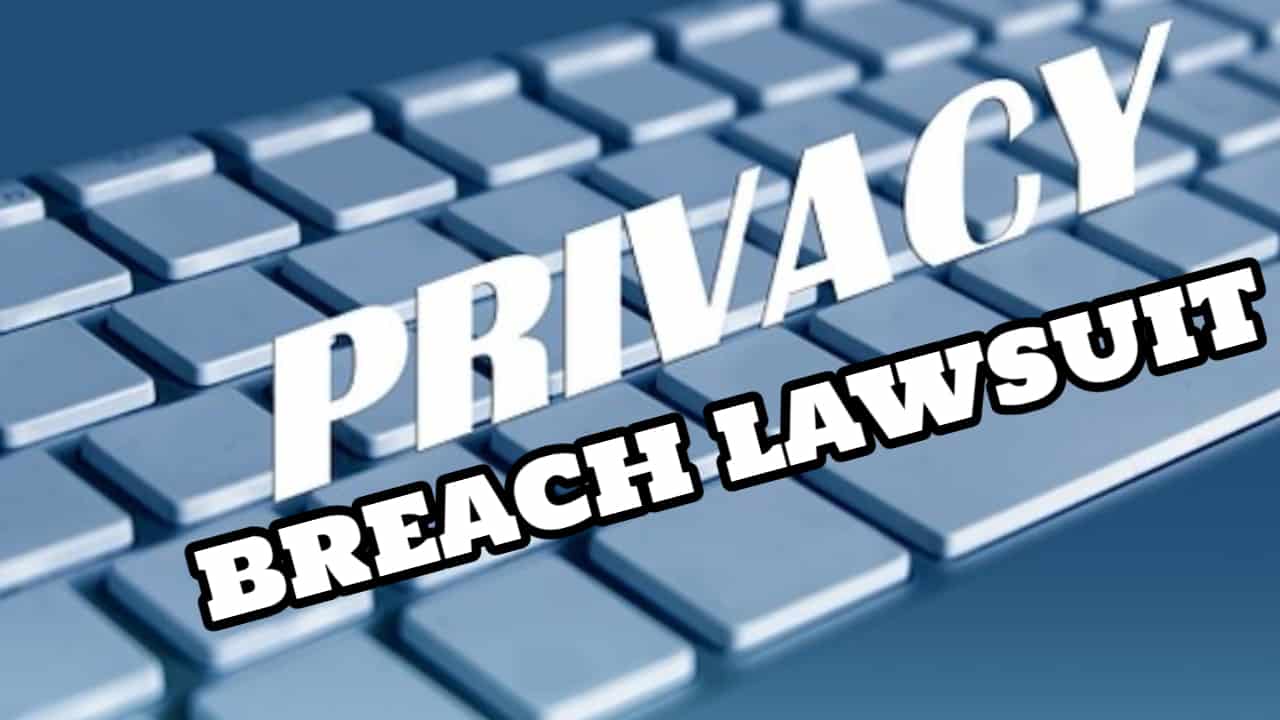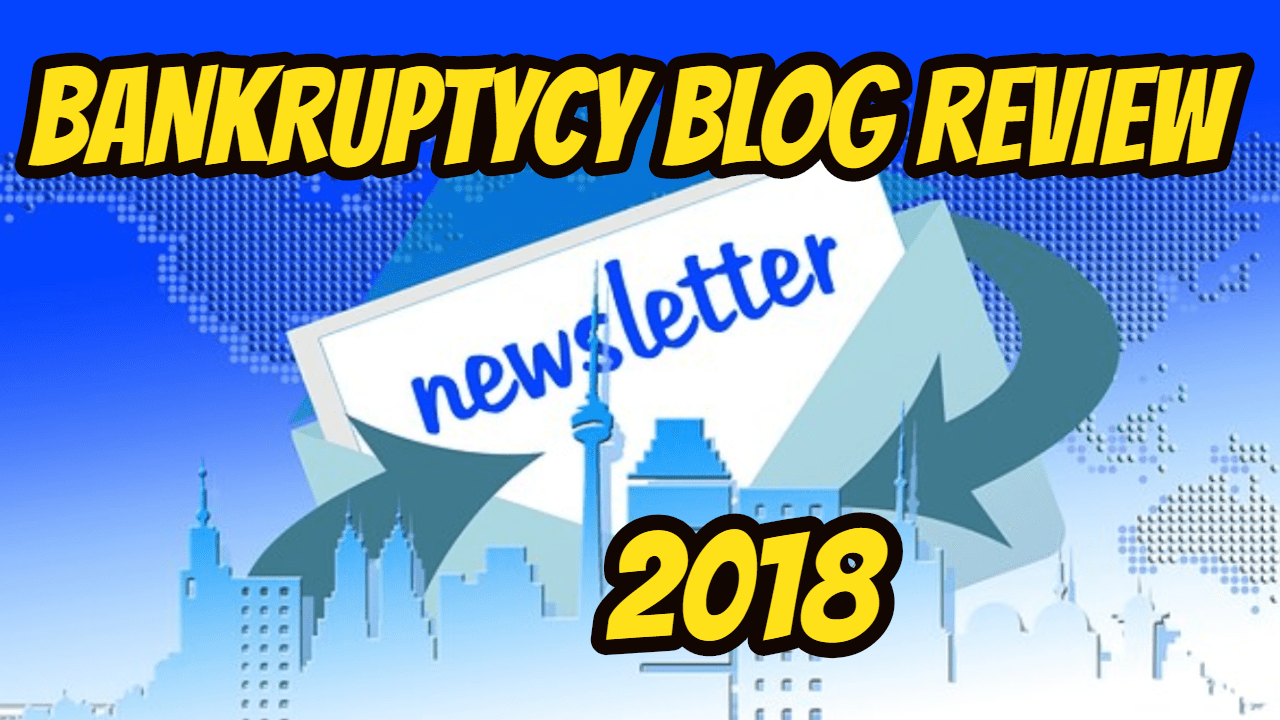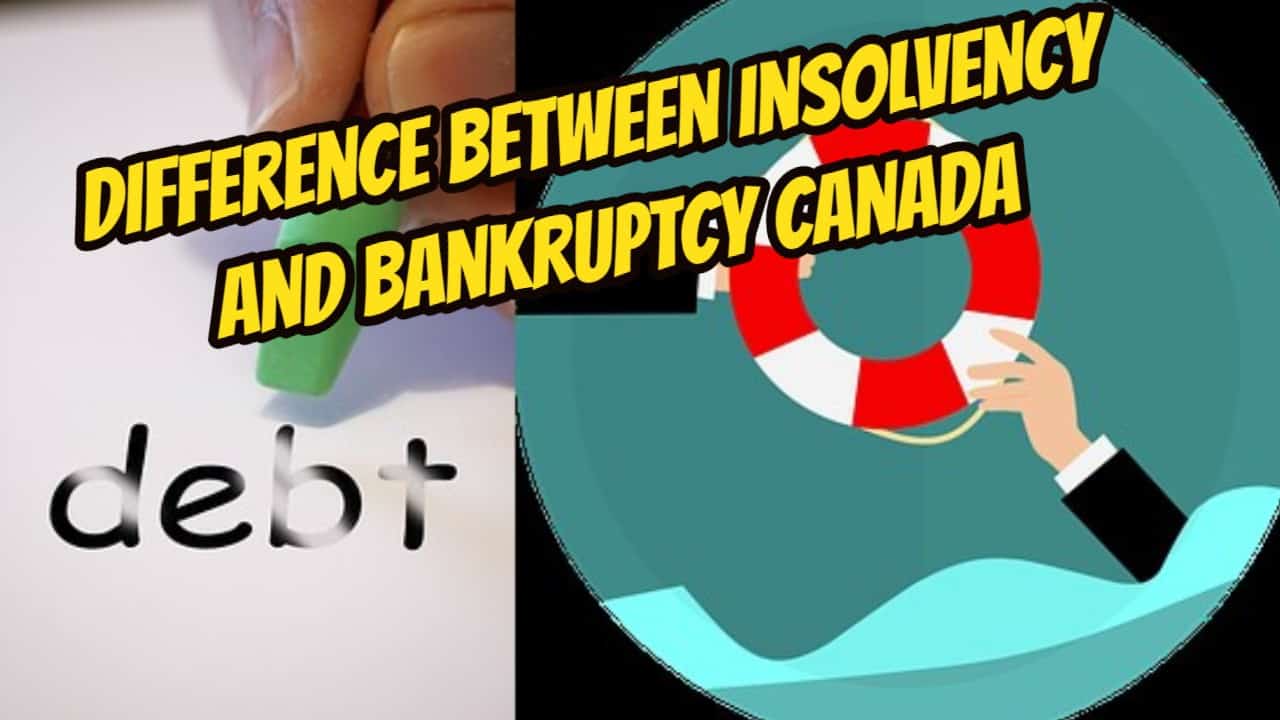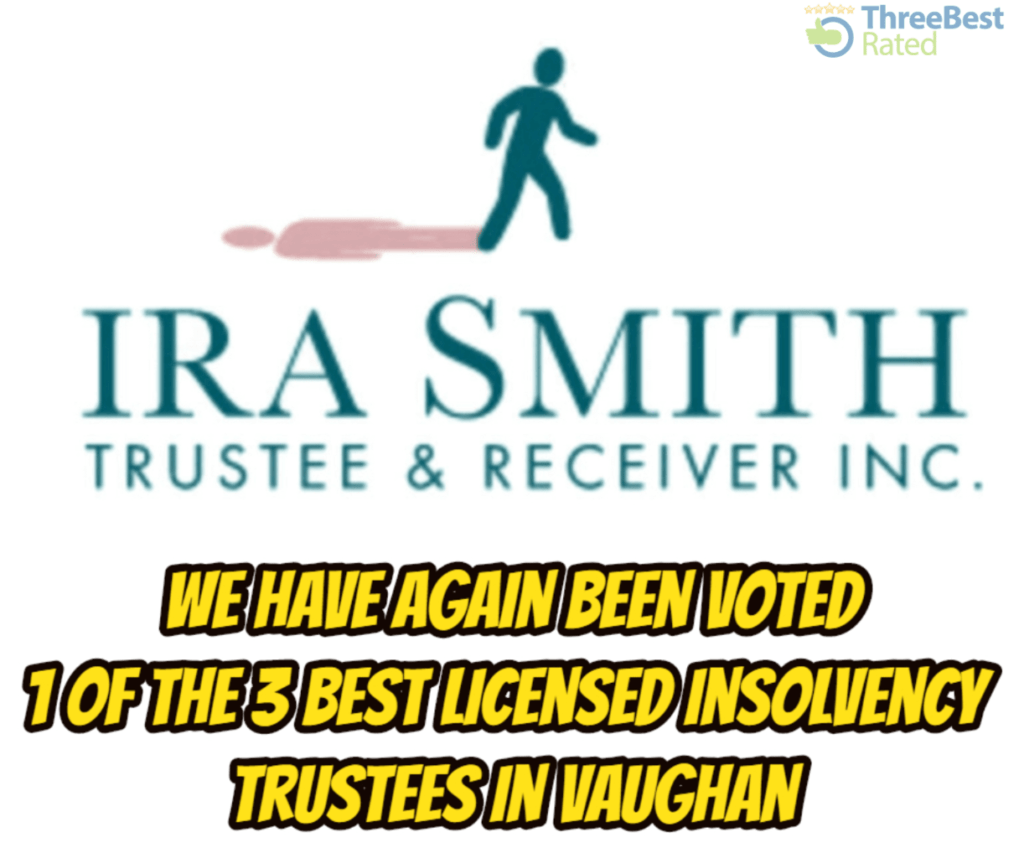[monkeytools msnip=”http://monkeyplayr.com/playr.php?u=5173&p=20464″]
Canada federal budget plan: Introduction
Like many Canadians, on March 19 I was watching to see if the Conservative Party would be successful or not in blocking Finance Minister Bill Morneau’s budget speech. In the end, the Liberals took the drop on Parliament by getting the budget introduced early, before the Finance Minister’s speech. That allowed the media in lockup to start broadcasting the details of the Canada federal budget plan before the Finance Minister gave his speech!
Canada federal budget plan: Retiree bankruptcy protection
I was also looking to see what the budget had in it about retiree bankruptcy protection. This matter has been in the news over the past two years. High profile insolvency cases such as Sears Canada and U.S. Steel Canada brought this matter to the forefront. I have written a few blogs on the topic of proposals to amend the Bankruptcy and Insolvency Act (Canada) (BIA) and the Companies’ Creditors Arrangement Act (Canada) (CCAA) to provide protection to retirees. This included private members’ bills introduced by Hamilton Mountain NDP MP Scott Duvall, Bloc Québécois MP Marilène Gill and Senator Art Eggleton, P.C.
As I have previously written, the issue for retirees (and current employees) relates to the employee health benefits plan and pension plan when a company enters into an insolvency administration. Insolvent companies have been allowed to put a moratorium on reimbursements to employees and retirees on valid health benefits claims. Also, the employee pension plan suffers a shortfall because the insolvent company has not made the required contributions. This automatically creates reduced pension benefits for retirees.
Pensions are delayed earnings. In either a bankruptcy or bankruptcy protection reorganization, there is generally nothing left for employees.
Given the recent high-profile insolvency cases, employees now recognize just how unsecure their pension plans and health benefits might be in the case of insolvency, reorganization or bankruptcy.
The Liberal Party already recognizes that this is a major problem. However, in this budget, they decided to ignore the issue.
Canada federal budget plan: What this budget is
Rather, this budget screams please re-elect the Liberal party. In the wake of the SNC Lavalin debacle, Prime Minister Justin Trudeau is trying to win votes by spending, spending and then more spending.
The Government of Canada market debt is projected to climb by $31 billion in the coming fiscal year, to strike a total amount of $754 billion. This brand-new funding demand comes along with $250 billion of existing debt that will be maturing and will require to be refinanced.
The Finance Minister estimates that Canada’s deficit will rise as a result of the $22.8 billion of new spending. The 2018-19 deficit projection is now set at $14.9 billion, slightly reduced from the Government’s estimate in Fall 2018. However, not surprisingly for an election budget, the Liberals found a way to spend those savings and then some. Their 2019-20 deficit projection is $19.8 billion.
Canada federal budget plan: What is in this budget
This budget has a bit of something for almost everyone. I am not an economist and this Brandon’s Blog is not meant to be an economic analysis of the budget. There are many sources for an in-depth analysis. However, some of the budget highlights are:
- $1.25 billion over 3 years on a shared-equity home loan program for first-time home buyers.
- RRSP withdrawal limit for new home buyers increases to $35,000 from $25,000.
- To aid Canadians with uncommon medical conditions or diseases access to the medications they require, Budget 2019 proposes to invest up to $1 billion over two years into a National Pharmacare program, starting in 2022–23, with up to $500 million per year afterwards.
- $3.25 billion to Indigenous Services for water quality, child welfare, education and other supports.
- $2.2 billion for a one-time doubling of Gas Tax cash for cities’ infrastructure spending.
- Personalized Canada Training Credit of $250 a year (up to $5,000 lifetime) for job retraining.
- A credit of up to $5,000 for the acquisition of electric vehicles.
- The rate of interest on Canada Student Loans decreased to prime and will be interest-free for 6 months after graduation.
- Low-income working seniors can earn more without losing GIS benefits.
- $595 million to sustain journalism will include 15% tax credit for electronic news subscriptions.
- A promise of high-speed internet for all Canadians by 2030.
Canada federal budget plan: Vote for me
So as you can see, this budget is full of promises; a little something for everyone. The two glaring omissions seem to be nothing really for business and ignoring retiree bankruptcy protection. It appears that the Federal government went for the easy stuff – spending money, as opposed to harder things like amending the BIA and CCAA.
It is obviously an election budget. Details on how the new legislation and spending will work are scarce within Budget 2019. No doubt the devil will be in the details. The new proposed housing provisions will no doubt spur demand, which will keep the construction industry going which is a good thing. However, increased demand will probably mean higher prices in the major Canadian cities, especially in Toronto and Vancouver. So, it will take time to see if affordability gets worse or not for new home buyers.
Canada federal budget plan: I can’t spend more than I earn, how about you?
Our government has made no secret that it will be spending last year’s savings and then look to spend more than it takes in. The way they can do that is by just issuing more debt. This is certainly not unique to the Canadian government. All governments do it.
Unfortunately, normal working people can’t just take on more debt because we want to spend more. Eventually, I would run out of lenders willing to let me borrow more money, and my income would not be enough to make all my monthly payments, let alone repay the original loans! Rather, like you, I need to budget to make sure that my necessities are covered and that I have enough money for the other things I need to spend on. This includes my savings and emergency savings fund.
Have you lost the ability to borrow more money? Are you having trouble making your monthly payments? Is your business facing financial challenges that need to be addressed?
If so, call the Ira Smith Team today. We have years along with generations of experience helping people and companies in need of financial restructuring or a debt settlement plan. As a licensed insolvency trustee, we are the only professionals accredited as well as supervised by the Federal government to supply insolvency advice and services to help you avoid bankruptcy.
You can have a no-cost consultation to help you to fix your debt troubles. With you, we will discover your financial pain factors and offer you the strategy to finish them in your life. This will absolutely allow you to begin a clean slate, Starting Over Starting Now.
Call the Ira Smith Team today so you can start ending your stress and pain today. With the roadmap we create unique to you, we will quickly return you right into a healthy and balanced carefree life.









 Transfer of property under s.160 of the Income Tax Act: Introduction
Transfer of property under s.160 of the Income Tax Act: Introduction

